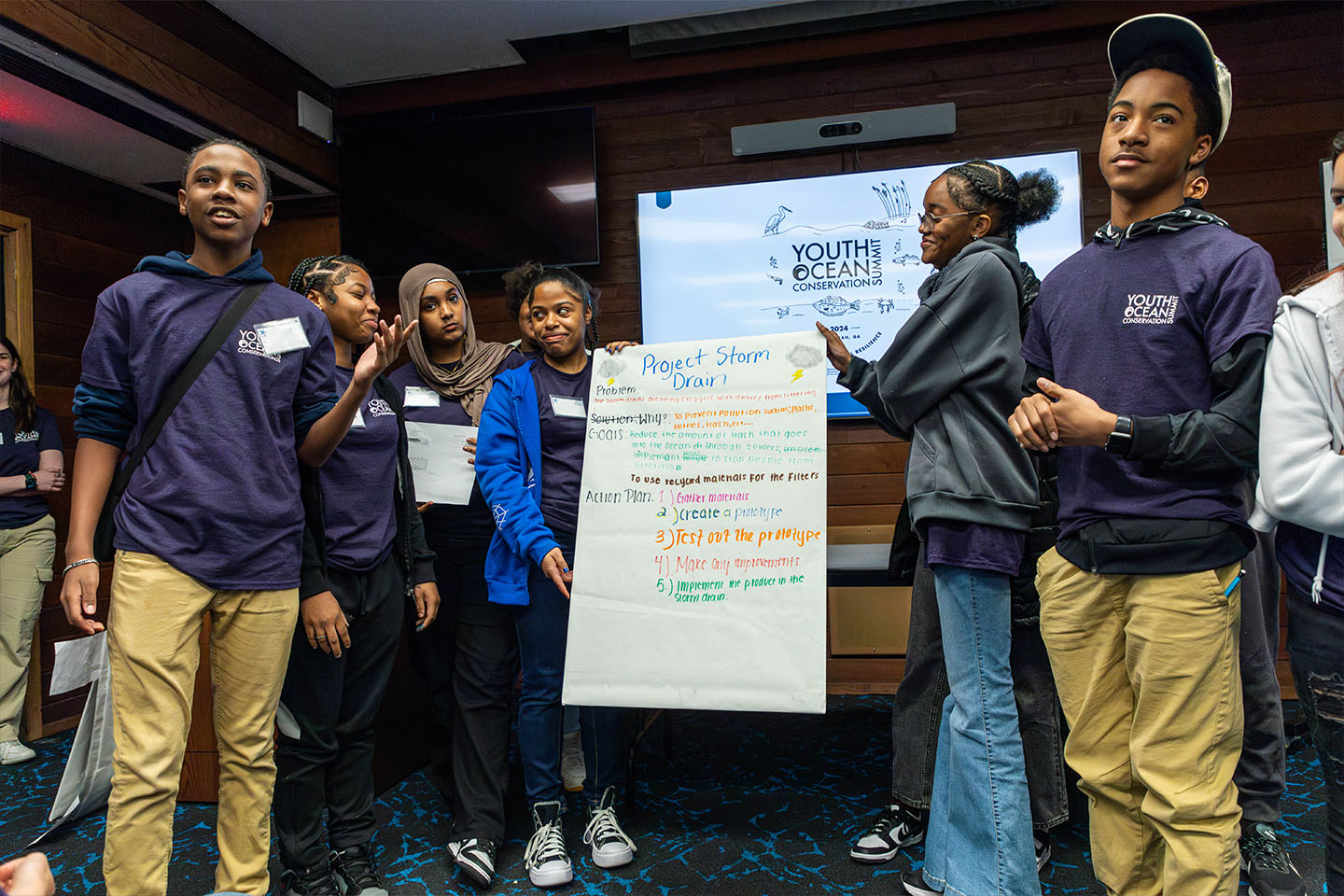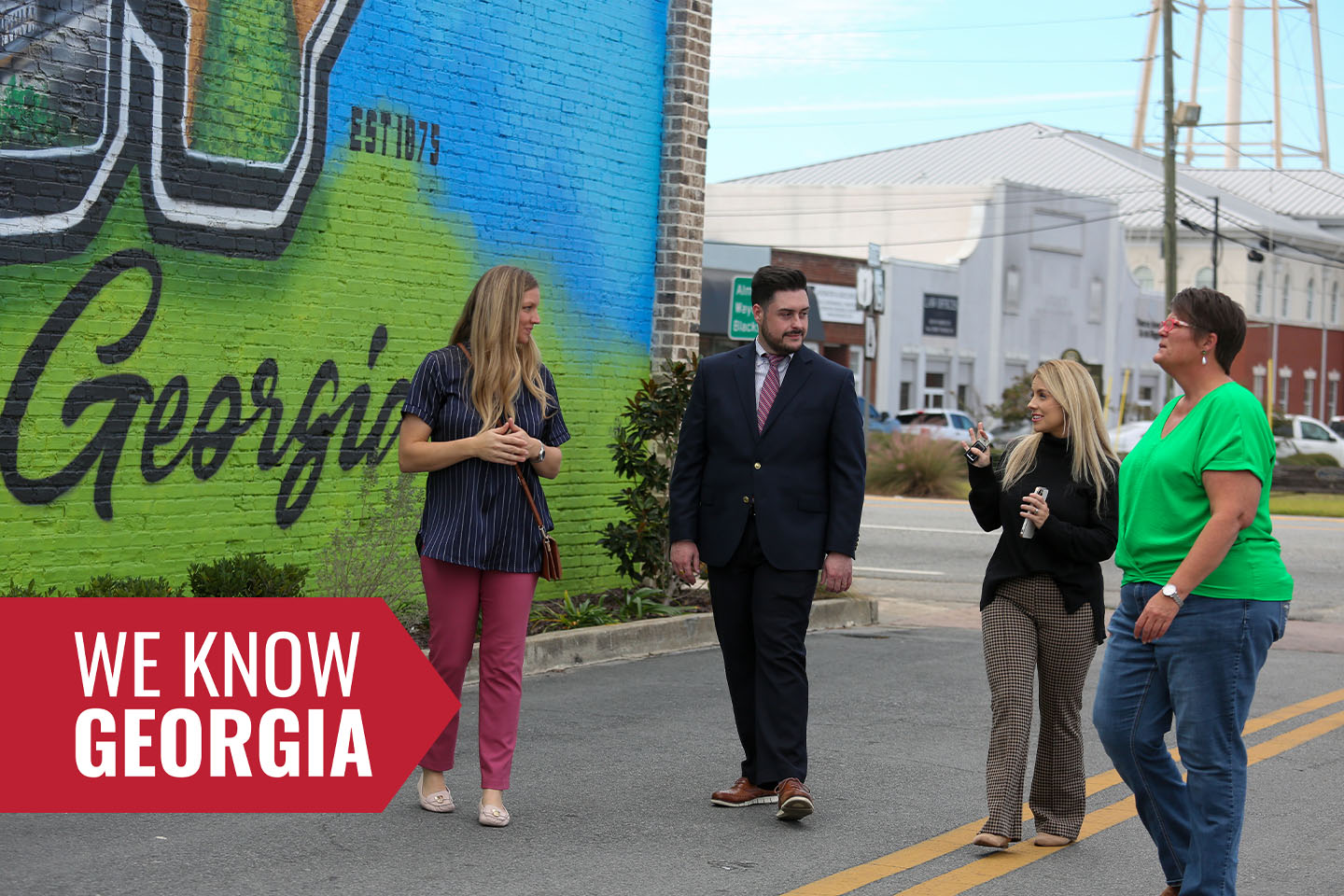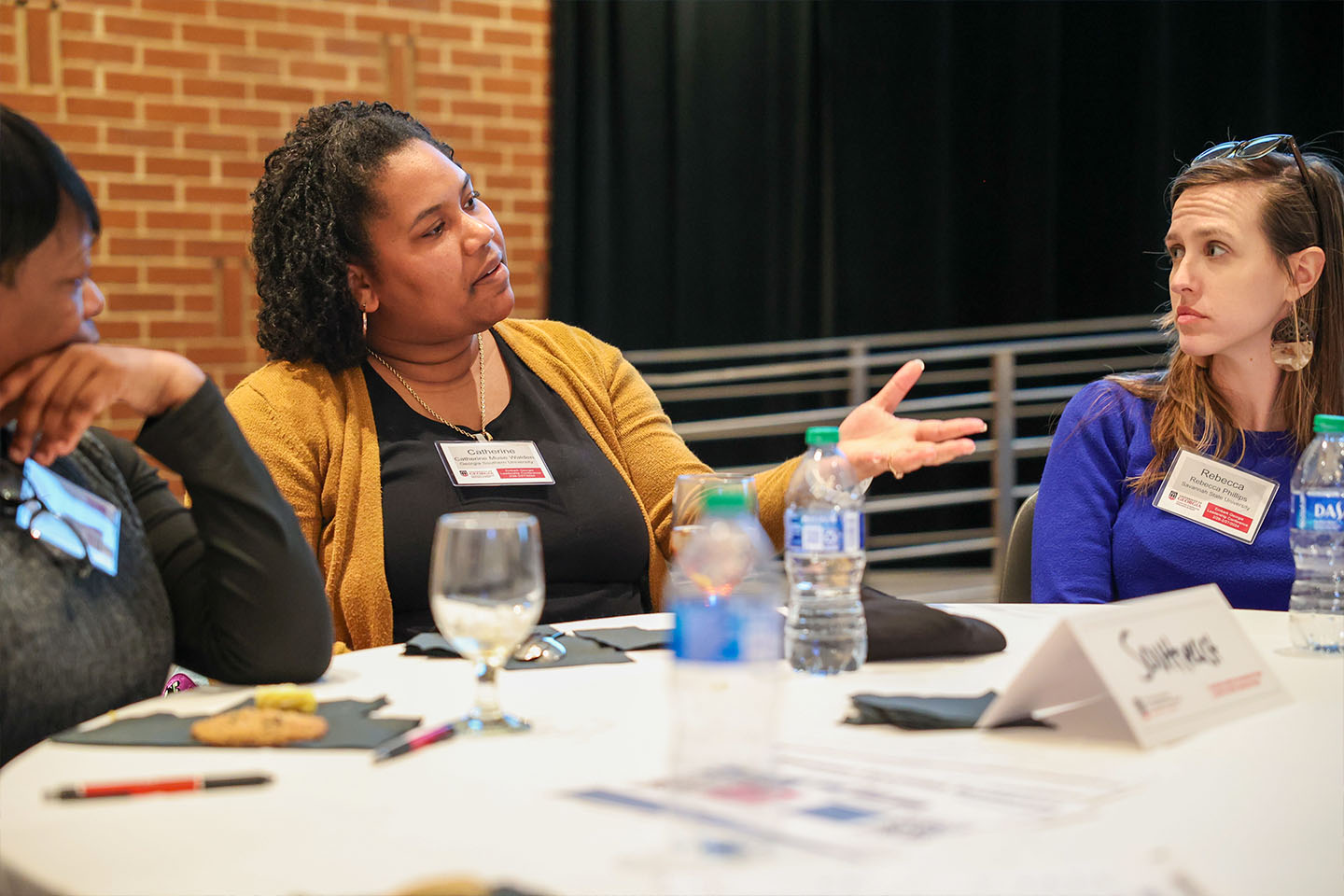A new series of workshops aims to increase popularity and interest in local foods and sustainable seafood in Georgia.
UGA Marine Extension and Georgia Sea Grant is partnering with UGA Cooperative Extension Program in Chatham County to offer the Ocean to Table series, designed to educate consumers about different seafood topics so they can make informed decisions about purchasing and preparing seafood harvested on the coast.
At the inaugural workshop, held at the UGA Marine Education Center and Aquarium on Skidaway Island, participants learned about local harvesting methods and management practices that ensure consumer safety and sustainability of Georgia’s clam and oyster industries.
“Georgia has rigorous health regulations in place to help protect consumers from getting sick,” says Kayla Clark, public programs coordinator at Marine Extension and Georgia Sea Grant. “It’s important to share information about shellfish safety so buyers feel more confident when purchasing, preparing and consuming shellfish.”
Retailers and wholesalers are regulated and inspected by the U.S. Food & Drug Administration (FDA) and the Georgia Department of Agriculture to ensure that Georgia seafood is safely processed before being sold to consumers.
“When you walk into a seafood market, you can speak directly with a local retailer or wholesaler and get information about how and where a product was harvested,” says Clark. “There’s also the added bonus of knowing that your local purchase supports Georgia shellfish growers and businesses.”
A tour of UGA’s Oyster Hatchery showcased Marine Extension and Georgia Sea Grant’s effort to expand the state’s shellfish industry to meet consumer demand for single oysters.
Paula Thompson, a retired microbiologist who volunteers for Marine Extension and Georgia Sea Grant, came to the workshop to learn about shellfish research.
“It was really neat seeing the hatchery and learning about the methods they use to grow the oysters,” says Thompson. “I didn’t realize commercial fishermen propagate clams and oysters by putting oyster seed grown in the hatchery on their farms. I had no idea growing shellfish was so similar to farming on land. It’s fascinating.”
Participants also learned about the environmental benefits of sustainable shellfish industries. Clams and oysters improve water quality by filtering out pollutants, reduce erosion by stabilizing the shoreline and create habitat for other marine animals.
Contact: Kayla Clark, kayla270@uga.edu, 912-598-2354
“By engaging our community and inspiring them to be more sustainable, we hope to maintain healthy ecosystems that provide food for coastal residents and support jobs for local clam and oyster farmers,” says Clark.
By Emily Woodward




